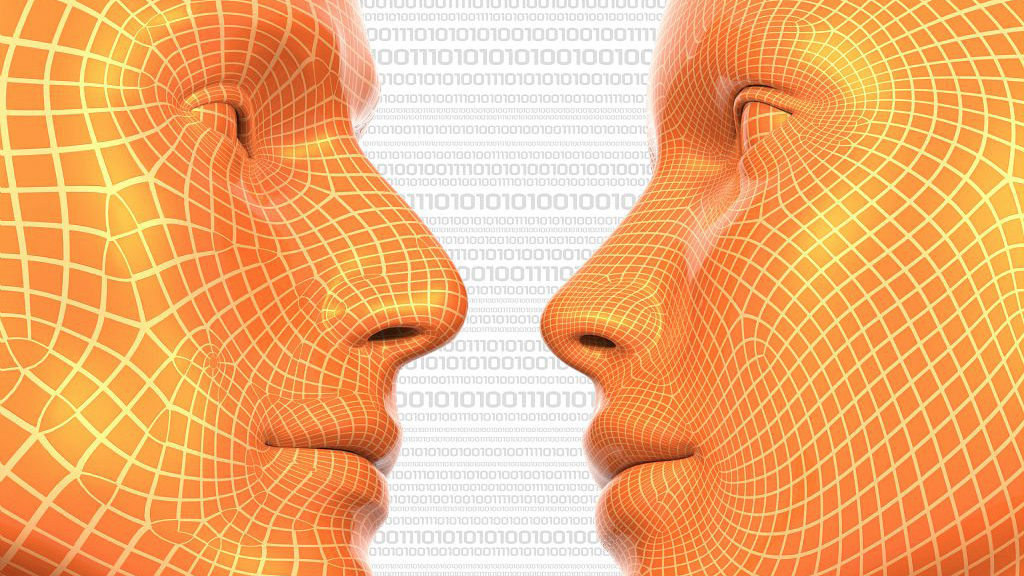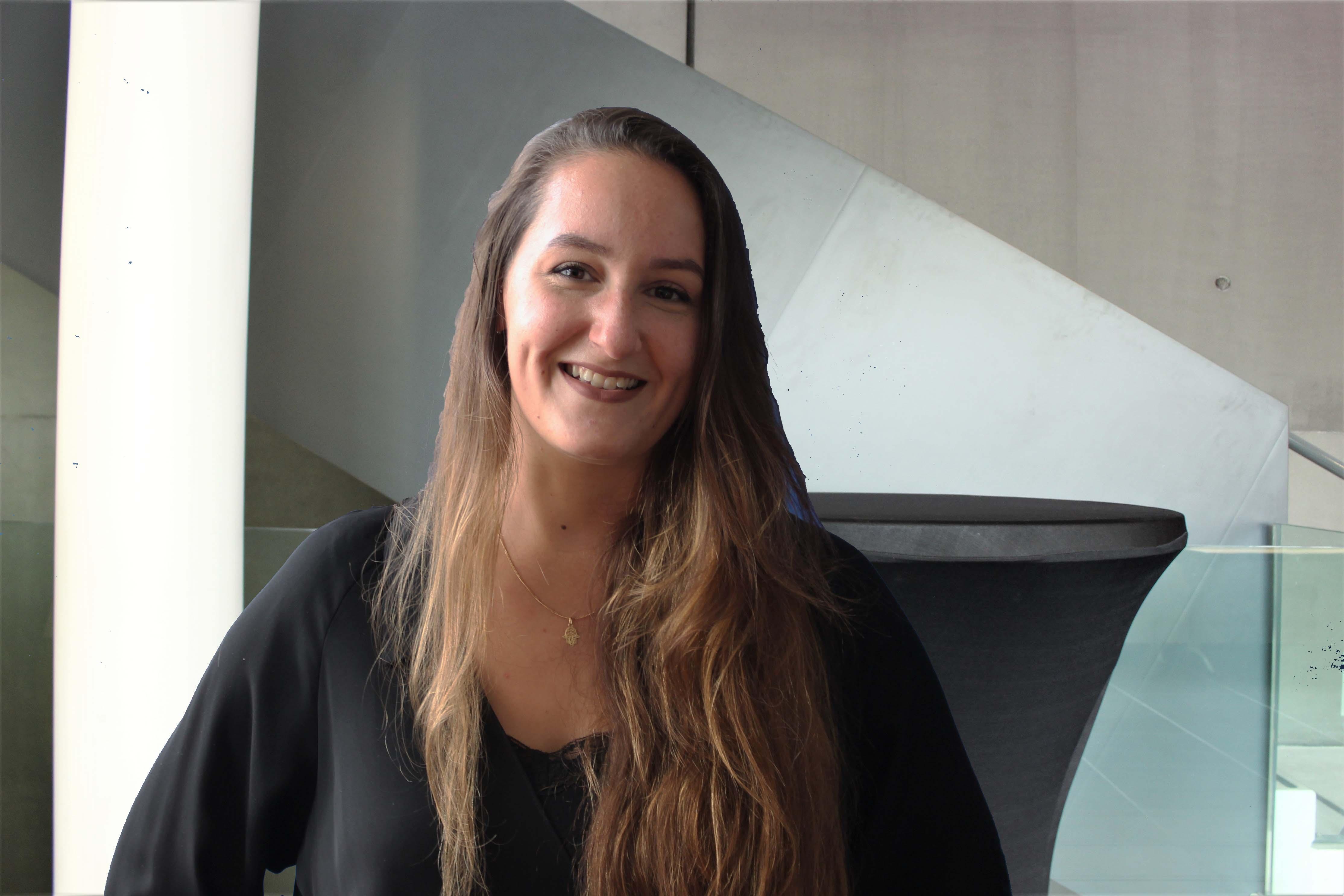
“First, let's give credit where credit is due, says Inria scientist Anatole Lécuyer. The brunt of this work was carried out by two PhD students. Namely: Nami Ogawa, a visiting student from the University of Tokyo under supervision of Professor Michitaka Hirose, and Rebecca Fribourg, a PhD student co-directed by my colleagues Ludovic Hoyet, Ferran Argelaguet and myself. Both women happened to be working on rather similar scientific topics. So they decided they would team up. They joined forces, shared the same research topic and ...wound up sharing one same virtual body, which adds a funny quirk to the story.”
This astonishing experiment took place at the VR facility of Inria research center in Rennes, Brittany, France, beginning 2018. The findings were published in IEEE Transactions on Visualization and Computer Graphics in June 2020.
Inside the Same Virtual Body
In a nutshell, the proof of concept consisted in having two individuals, each wearing a virtual reality headset (head-mounted display) and holding a game controller. Each participant was immersed in a virtual environment and embodied inside a realistic avatar – or virtual body – from a first-person perspective.
At this stage, such situation is rather standard and often encountered in modern virtual reality setups such as in video games or training simulations. What was really unique here, is that the avatar was actually “shared” with the other participant also present in the virtual world! Meaning that, for the first time, two persons could be embodied inside the same avatar, having their two motions and actions transplanted inside the same virtual body!
In the virtual scene, each pair of participants was presented with virtual spheres and asked to touch them with the tip of the controller. Sometimes they were left to touch whichever sphere they wanted, some other times they had to follow specific trajectory paths. This series of tasks was meant to assess how freedom of movement and intention toward an action could influence their “feeling of control” toward the shared body - also called their “sense of agency” .
On top of that, the degree of avatar control for each participant was ratcheted up and down along a 5-notch scale between 0% and 100%, to assess how this weighing would impact one's sense of agency.
One Doesn't Seem To Reject This Surrealistic Situation
“Sometimes individual A is in full control while individual B is somehow “prisoner” inside this virtual body, so to speak. Sometimes A and B have equal control so that if they want to go in opposite directions, we average these intended motions and, consequently, the avatar just stands still. Sometimes, both persons want to go in the same direction and the avatar moves accordingly. What we were interested in studying was to what extent the avatar would remain controllable and to what extent users would feel they were actually in control of it ― or not. And what is really interesting, here, is that even when one has relatively low or even no control, one doesn't seem to reject this surrealistic situation. One still experiences this feeling of control somewhat. One remains globally under the impression of still being embodied in this virtual representation.”
Participants Overestimated Their Level of Control
“When two users are let free to pick whichever sphere they want, they may initially make diverging choices before eventually coordinating themselves, Rebecca Fribourg points out. But when a target or a trajectory is designated beforehand, users share the same goal, in which case they tend to overestimate their level of control. And that's an interesting takeaway of this experiment: with prior knowledge of the task to perform, the feeling of control over the avatar might be higher than the real level of control.”
Another finding regards the effect of a specific personality trait on people’s feeling of control over their avatar. “We took an interest in participants with a strong “locus of control”. In other words, people who tend to believe that they have a lot of control over their lives. Our experiment suggests that these persons were more sensitive to changes in the avatar control. This is one of the first studies hinting that personality can influence people's perception of their avatar.” This joint research focused on the locus of control personality trait, “but obviously many other psychological dimensions come into play. Therefore, complementary investigations could be envisaged to further qualify this strange feeling of co-embodiment.”
